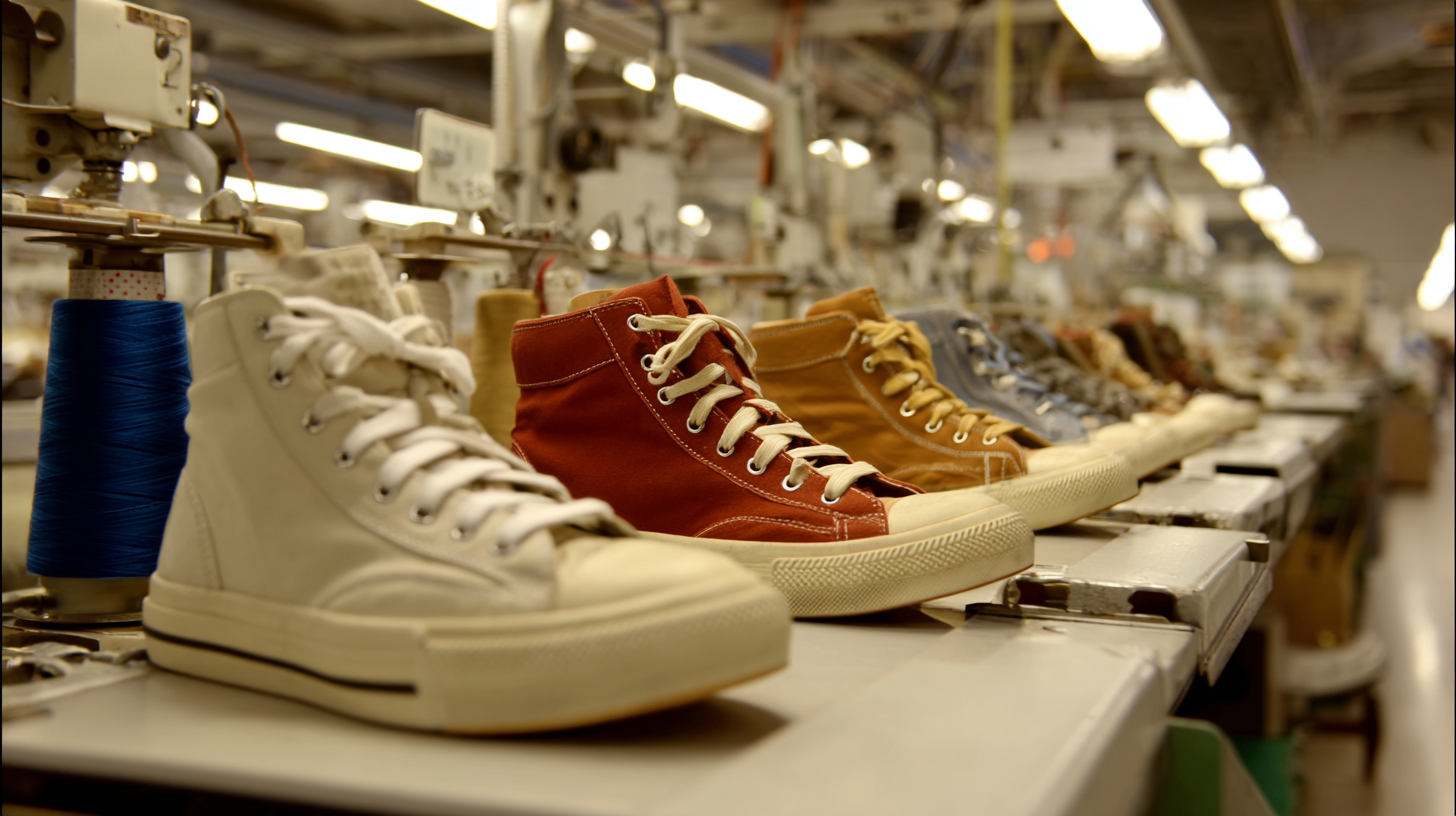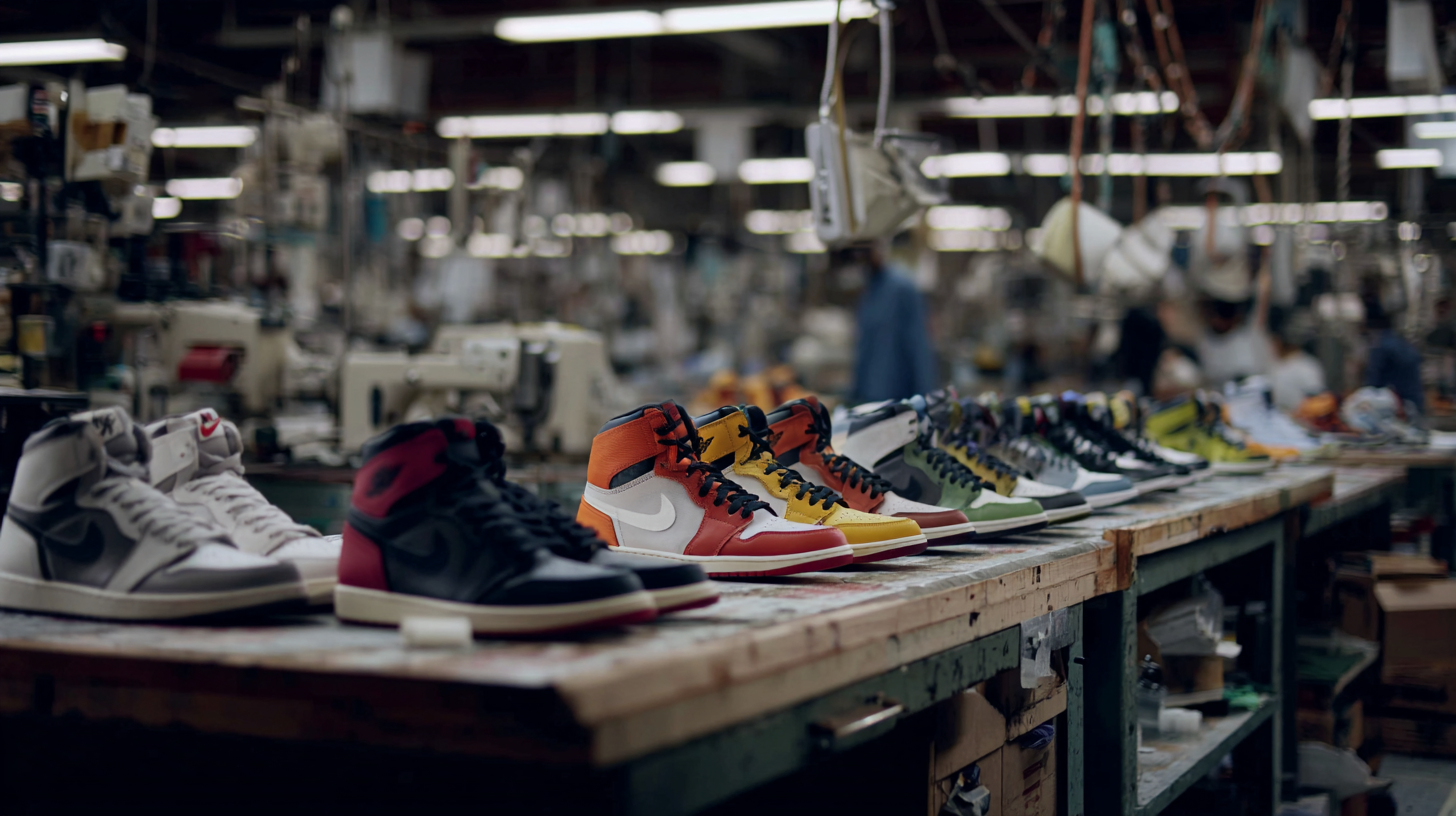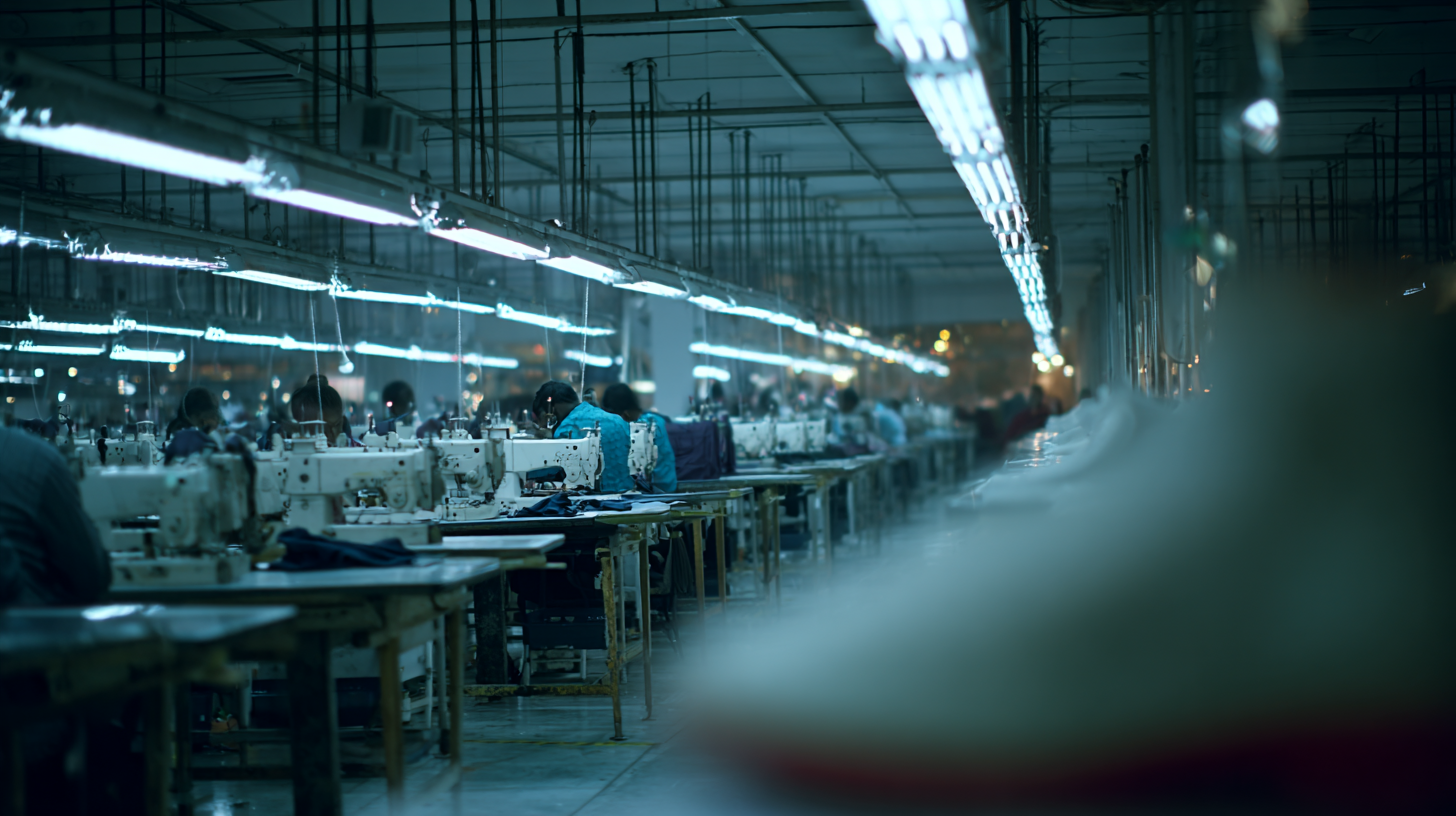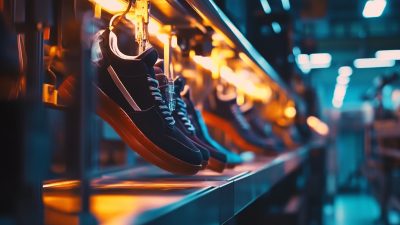
In today's highly competitive footwear market, optimizing production efficiency in a sneaker factory is paramount for manufacturers aiming to meet increasing consumer demands while maintaining profitability. According to a report by Research and Markets, the global athletic footwear market is projected to reach $100 billion by 2025, highlighting the urgent need for factories to streamline their operations. With sneaker trends evolving rapidly, a factory's ability to adapt and maximize efficiency can significantly impact its revenue and market positioning. Implementing best practices in production management not only reduces costs but also enhances product quality, leading to higher customer satisfaction. In this blog, we will explore seven essential tips that can help sneaker factories boost their production efficiency, ensuring they remain competitive in this fast-paced industry.

In today's highly competitive sneaker market, identifying and eliminating production bottlenecks is crucial for enhancing efficiency in your sneaker factory. According to a report by McKinsey & Company, supply chain inefficiencies can lead to production delays that cost companies up to 20% of their annual revenue. One common bottleneck occurs in the cutting process, where material waste can be as high as 15% if not optimized. By integrating automated cutting solutions, factories can streamline operations and significantly reduce waste, allowing for a smoother transition to the stitching and assembly phases.
Furthermore, applying lean manufacturing principles can help identify other critical bottlenecks. A study by the Lean Enterprise Institute found that implementing these principles can lead to a 50% reduction in lead times. For instance, evaluating the flow of materials and ensuring that each workstation is equipped with the right tools can enhance productivity. Additionally, utilizing real-time data analytics to monitor production workflows can provide insights into where delays are occurring, enabling factory managers to make informed decisions that boost overall efficiency. By taking these steps, sneaker manufacturers can not only improve their operational capacity but also better respond to market demands.

Implementing lean manufacturing principles can significantly boost the efficiency of your sneaker factory. One effective tip is to conduct a thorough value stream mapping. By analyzing each step in the production process, you can identify waste and streamline operations. This approach not only eliminates redundant tasks but also enhances teamwork among the workforce, fostering a culture of continuous improvement.
Another essential tip is to embrace Just-in-Time (JIT) inventory management. By synchronizing production schedules with supply deliveries, you can minimize excess inventory and reduce carrying costs. This principle encourages flexibility, allowing your factory to respond swiftly to market demands without overproducing.
Lastly, prioritize the training and development of your employees. A well-trained workforce is critical for maintaining optimal workflow. Implement regular training sessions focusing on lean practices, quality control, and problem-solving. This investment not only empowers your team but also cultivates a shared commitment to efficiency, ultimately leading to a more productive and profitable sneaker factory.
 In today's competitive sneaker market, incorporating advanced technology into production processes is pivotal for maximizing efficiency. One of the key strategies involves automating repetitive tasks through the implementation of robotics and AI. By integrating robotic arms for stitching and assembly, manufacturers can significantly reduce human error and increase production speed, while also freeing up skilled workers to focus on more complex tasks that require creativity and problem-solving.
In today's competitive sneaker market, incorporating advanced technology into production processes is pivotal for maximizing efficiency. One of the key strategies involves automating repetitive tasks through the implementation of robotics and AI. By integrating robotic arms for stitching and assembly, manufacturers can significantly reduce human error and increase production speed, while also freeing up skilled workers to focus on more complex tasks that require creativity and problem-solving.
Another crucial aspect is the utilization of data analytics to optimize production lines. By implementing IoT (Internet of Things) devices, factories can monitor equipment performance in real-time, allowing for predictive maintenance. This not only minimizes downtime but also ensures that production processes are running at peak efficiency. Furthermore, using data-driven insights helps in adjusting workflows based on demand forecasting, leading to better resource allocation and waste reduction.
Lastly, adopting 3D printing technology can revolutionize the prototyping phase. This allows sneaker manufacturers to create custom designs rapidly, responding to market trends and consumer preferences with agility. By streamlining the design-to-production pipeline, companies can bring innovative products to market faster, keeping them one step ahead in a fast-paced industry.
Empowering your workforce is a critical factor in maximizing production efficiency in a sneaker factory. When employees are well-trained and feel respected, they are more likely to take ownership of their roles and contribute positively to the overall workflow. Implementing comprehensive training programs that cover everything from machine operation to quality control ensures that your team has the skills necessary to perform at their best. Regular workshops and hands-on training can keep your staff updated on the latest technologies and production techniques, fostering a culture of continuous learning and improvement.
In addition to training, creating a supportive work environment enhances workforce engagement. Empowerment can come in the form of granting employees more autonomy over their tasks, allowing them to make decisions that can expedite production processes. Encourage open communication where team members can share ideas and feedback. Engaging employees in problem-solving discussions not only helps identify inefficiencies but also makes them feel valued, resulting in higher motivation and job satisfaction. A well-trained and empowered workforce is the backbone of a successful sneaker factory, driving efficiency and productivity to new heights.
Implementing effective quality control measures is crucial for any sneaker factory aiming to minimize waste and enhance overall production efficiency. By establishing a comprehensive quality control system, factories can proactively identify and address defects before they escalate into larger issues. This approach not only ensures that products meet the desired specifications but can also significantly reduce the costs associated with rework and scrapped materials.
One effective strategy is to integrate checkpoints throughout the production process, allowing for immediate feedback and corrections. Regular training sessions for employees on quality standards and the importance of meticulous craftsmanship can foster a culture of quality awareness. Furthermore, utilizing data analytics tools to track production metrics can provide valuable insights into recurring problems and areas for improvement, ultimately leading to a more streamlined operation. Involving all team members in the quality control process creates a shared responsibility, which enhances accountability and pride in the final product.






